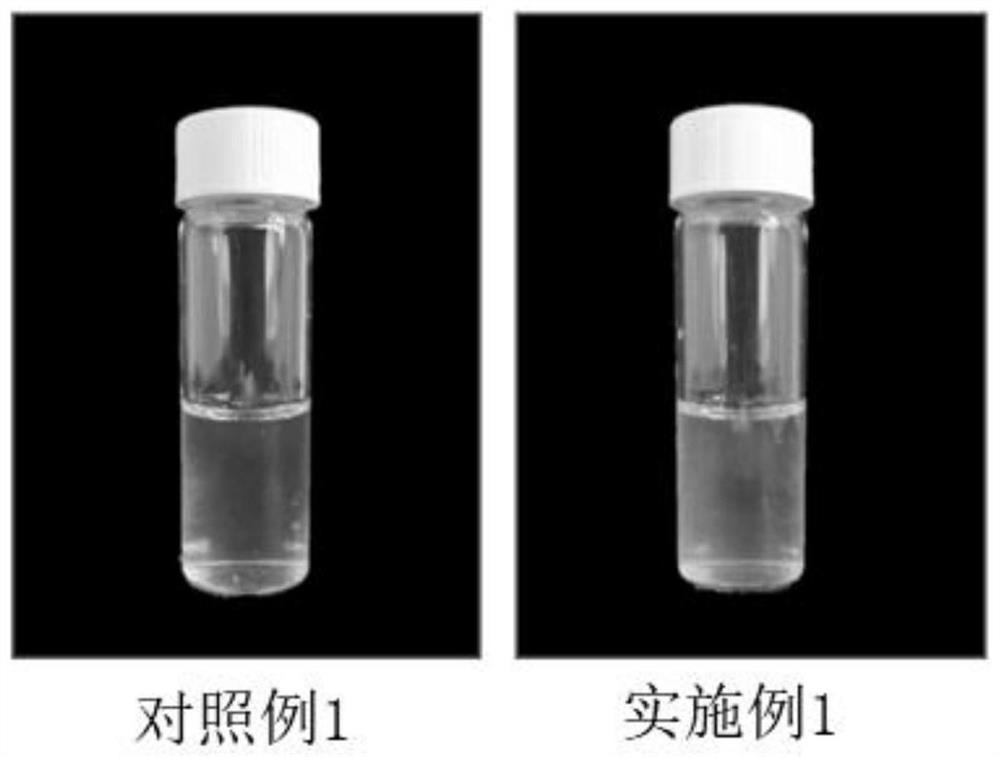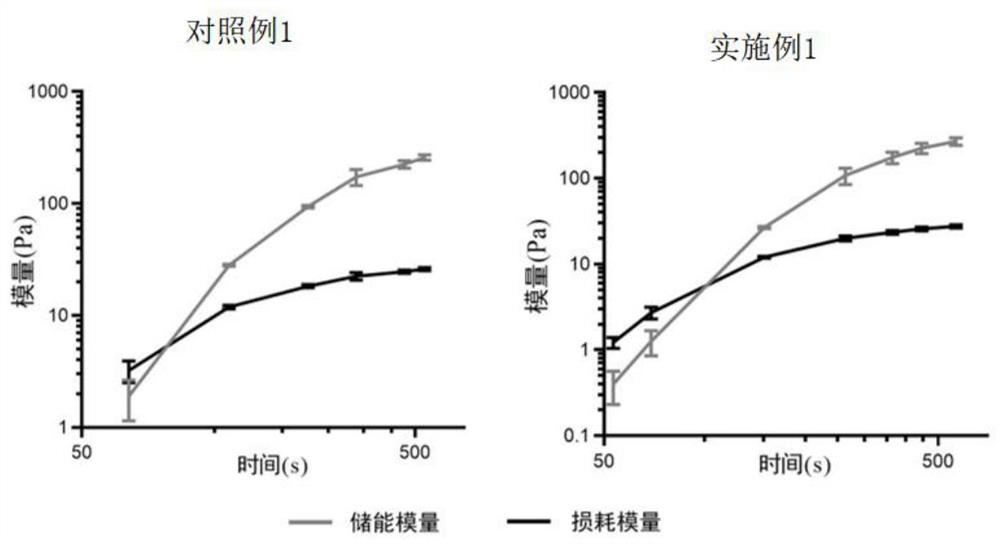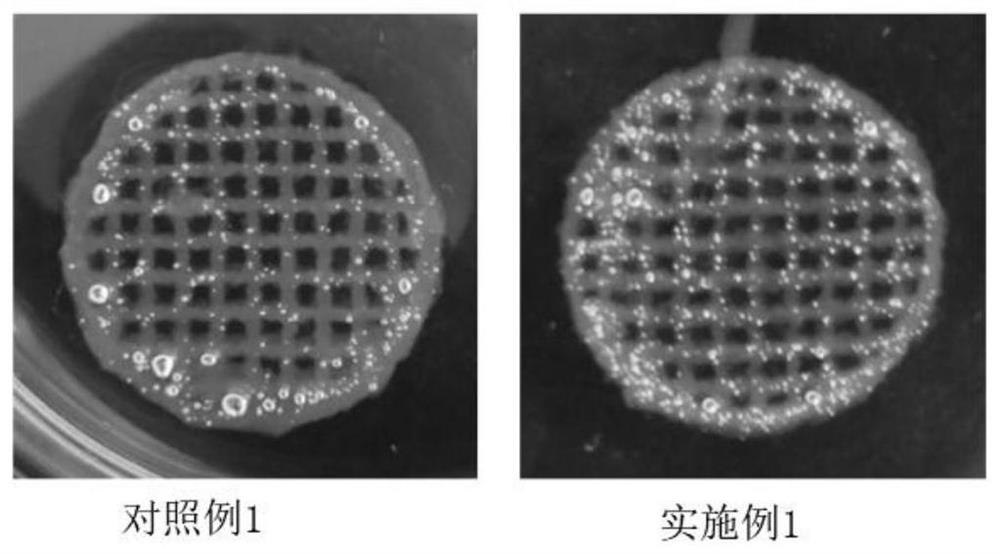Preparation method of biological 3D printing ink containing tissue protein compound
A tissue protein and 3D printing technology, which is applied in the field of bio-3D printing ink preparation, can solve the problems of complex action mechanism of bioactive factors, inability to reproduce the complexity of cells and their extramatrix in vivo, and achieve good clinical application prospects, high biological compatibility effect
- Summary
- Abstract
- Description
- Claims
- Application Information
AI Technical Summary
Problems solved by technology
Method used
Image
Examples
Embodiment 1
[0031] This embodiment provides a method for preparing a bio-3D printing ink containing a histone complex, which specifically includes the following steps:
[0032] Step S1 Tissue pretreatment: Take fresh human adipose tissue discarded from liposuction surgery, wash it with PBS several times until the washing solution is transparent and colorless, use ophthalmic scissors to remove fascia tissue, and cut the adipose tissue into about 0.1cm 3 For small pieces, take 10ml of the above-mentioned small pieces of adipose tissue, add 20ml of red blood cell lysate, lyse on ice for 15min, then pour the lysed pretreated tissue into a centrifuge tube, put it in a centrifuge at 2000rpm, 4 Under the condition of ℃, centrifuge for 5 minutes, take the upper fat tissue, and prepare the pretreated tissue;
[0033] Step S2 Extraction of tissue protein complexes: Place the pretreated tissue prepared in step S1 in a 20ml grinder for physical grinding until all the fat turns into a pale yellow chyl...
PUM
| Property | Measurement | Unit |
|---|---|---|
| wavelength | aaaaa | aaaaa |
| wavelength | aaaaa | aaaaa |
Abstract
Description
Claims
Application Information
 Login to View More
Login to View More - R&D
- Intellectual Property
- Life Sciences
- Materials
- Tech Scout
- Unparalleled Data Quality
- Higher Quality Content
- 60% Fewer Hallucinations
Browse by: Latest US Patents, China's latest patents, Technical Efficacy Thesaurus, Application Domain, Technology Topic, Popular Technical Reports.
© 2025 PatSnap. All rights reserved.Legal|Privacy policy|Modern Slavery Act Transparency Statement|Sitemap|About US| Contact US: help@patsnap.com



